How to Tell if Kittens Are Getting Enough Milk?
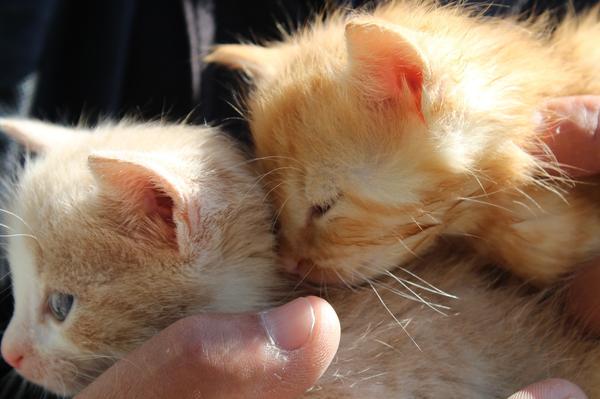
Picture this:
Your furry little bundles of joy, your precious kittens, so tiny and vulnerable.
But are they getting enough milk?
Is their health at risk? 😟
The anxiety is overwhelming.
Don't worry, my friend.
Keep reading to discover how to tell if your kittens are getting enough milk.
What Are the Signs of a Kitten Not Getting Enough Milk?
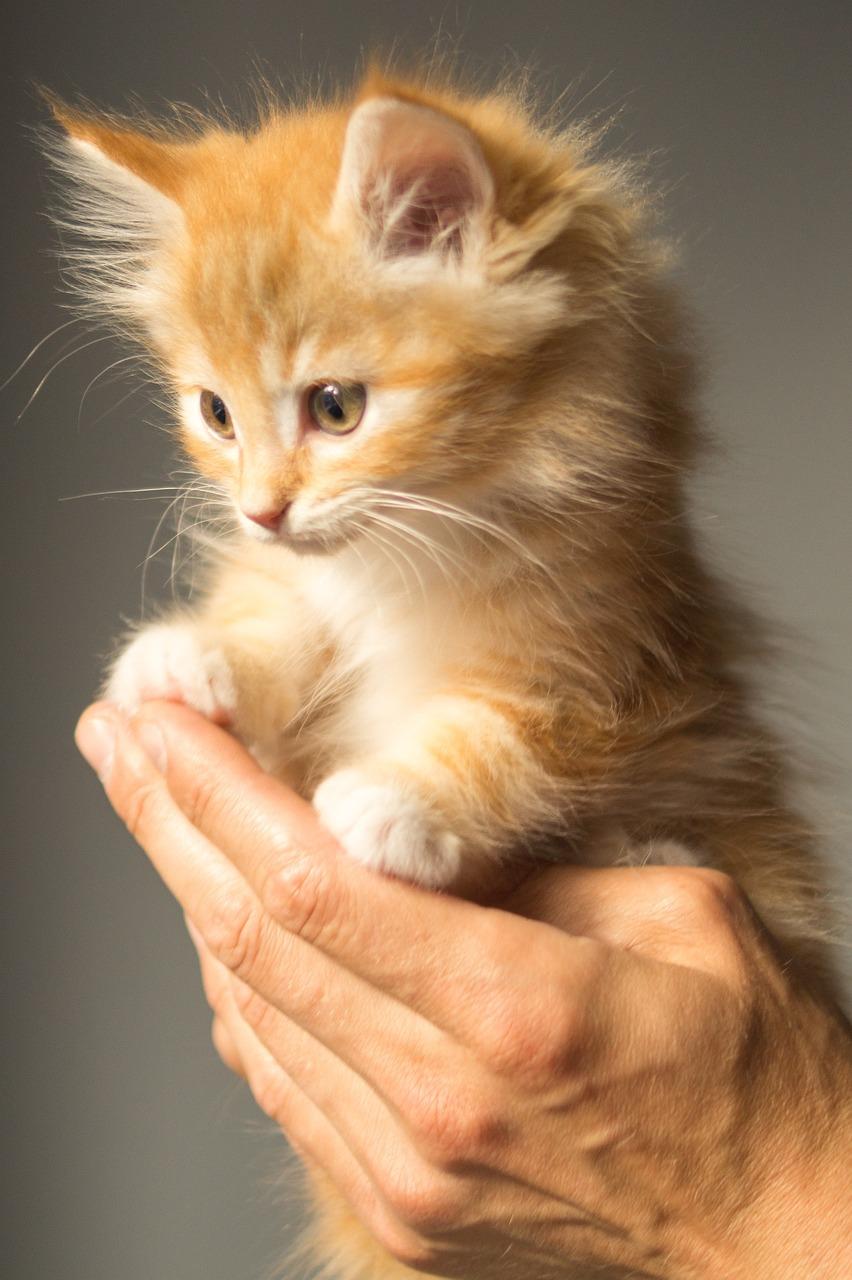
You must keep a close eye on your kittens to ensure they are getting enough milk. Here are some signs to watch out for:
- Decreased energy levels: If the kittens seem less active and energetic than usual, it may indicate a lack of milk.
- Lack of interest in play: Kittens typically have a lot of energy and love to play. If you notice a sudden decrease in their interest in playtime, it could be a sign of inadequate milk intake.
- Restless behavior and moaning: Kittens who constantly meow or appear restless might be hungry and not getting enough milk.
- Slow or no weight gain: Regularly weigh your kittens to track their growth progress. Lack of weight gain can indicate inadequate milk supply.
- Dry gums and slow skin return: Dehydration is a serious issue for newborn kittens. Dry gums and slow skin elasticity after being gently pinched can be signs of dehydration due to insufficient milk intake.
- Lethargy and poor appetite: If your kittens are unusually lethargic and show little interest in eating, it's a clear indication that they need more milk.
- Dry mouth or tongue: A dry mouth or tongue can further bring attention to the fact that kittens aren't consuming enough milk.
- Weight loss, diarrhea, and vomiting: These symptoms can indicate malnourishment caused by inadequate milk intake.
- Increased crying or meowing: Excessive crying or meowing might signal hunger and frustration because kittens are not receiving enough milk.
You should address these signs promptly by seeking veterinary help to prevent malnourishment or any potential harm. On the other hand, kittens with healthy weight gain, good energy levels, and silky fur are generally receiving enough milk. 🐱
Main points I'll expand upon further down this article:
- Regular feeding is essential for ensuring kittens' proper nourishment.
- Artificial colostrum and imitation kitten milk may be necessary initially.
- Feed kittens every two hours during the day and at least once during the night.
- Difficulties in drinking from a bowl or bottle can lead to dehydration and malnutrition.
- Kittens spend up to 8 hours per day nursing, with 45-minute nursing sessions.
- Insufficient milk production in mother cats can be caused by illness or genetics.
- Artificial feeding methods may be needed if the mother cannot produce enough milk.
- Milk production in cats begins a few days before giving birth.
- Offering liquid kitten food while still nursing can aid in weaning.
- Adequate nutrition, including high-calorie, high-fat, and high-calcium diets, is crucial for healthy growth.
Common Signs That Your Kittens Are Hungry
To ensure your kittens are well-fed and healthy, watch for these signs of hunger:
- When they're near their mother, hungry kittens let you know by crying loud and often.
- Feed them every two hours during the day, and don't forget a nighttime feeding session.
- At first, newborn kittens may need special colostrum and milk made just for them.
- If you notice kittens struggling to drink from a bowl or bottle, it could lead to dehydration and malnutrition. In this case, seek professional advice for alternative feeding methods.
- Proper feeding technique is key when using a bottle. Make sure the kittens are positioned correctly and latching onto the nipple properly, so they get enough nourishment.
Ensuring the health and strength of your kittens can be achieved by observing these indications and adopting appropriate feeding methods. 😺
And if you're wondering just how long a newborn kitten can go without eating, I've got you covered.
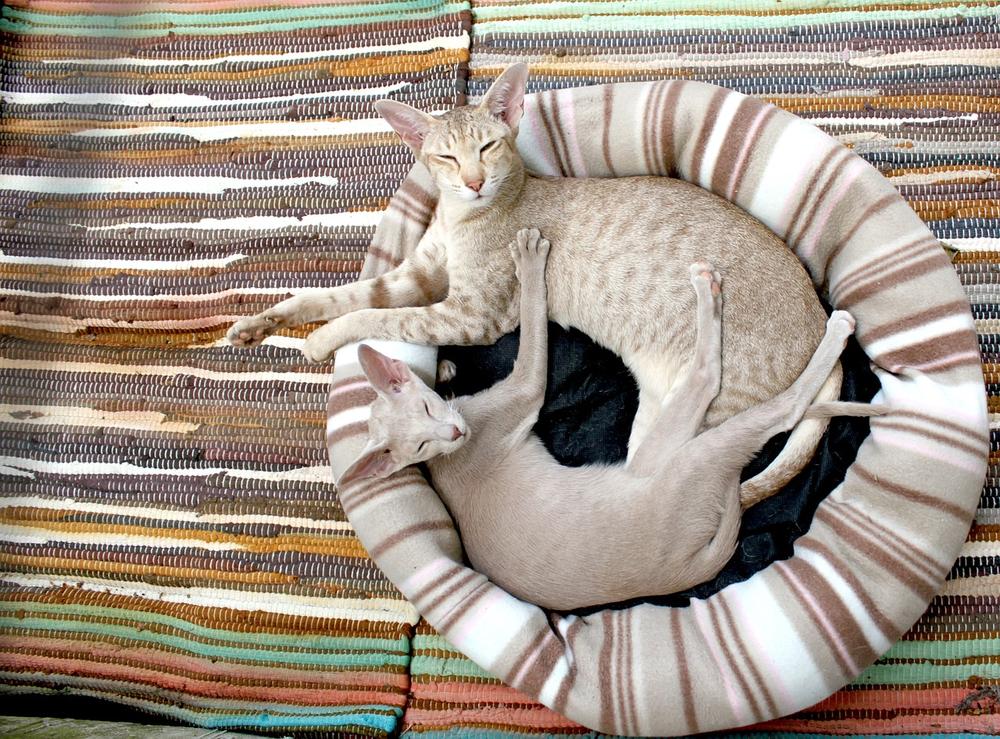
In my blog post, How Long Can a Newborn Kitten Go Without Eating, I address this crucial question.
Common Reasons Why Kittens Don’t Get Enough Milk
To ensure your kittens are getting enough milk, here's a list of 10 common reasons why they might not be:
- The momma cat may not have enough milk to provide.
- If the momma cat is stressed or anxious, she might produce less milk.
- Being in an unfamiliar place can make the momma cat hesitant to nurse her kittens.
- If the momma cat is sick or has a disease, it could affect her milk production.
- Sometimes, genetic factors can cause a lack of milk supply.
- Each kitten needs plenty of time for their own nursing sessions.
- Nursing sessions can last up to 45 minutes each.
- Female cats can get pregnant before they even turn one year old.
- Cats have a gestation period of about two months.
- Kittens usually start weaning at around one month old.
If you see any problems with milk production, you might have to consider feeding the kittens artificially so they can grow healthy and strong.
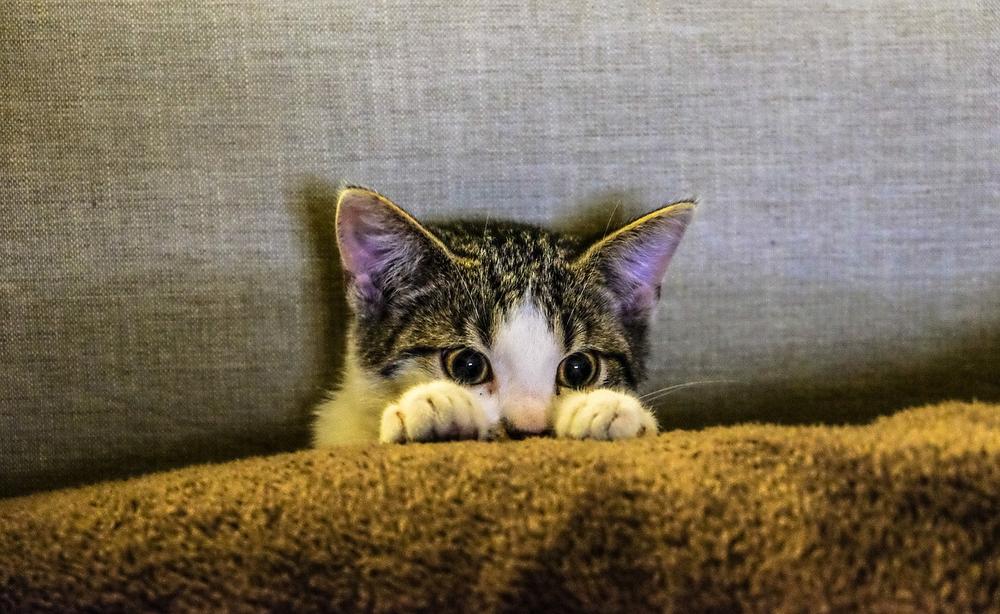
And don't forget to keep an eye on the momma cat's interaction with any sick kittens, as some moms might refuse to nurse them to keep them safe.
And now, let me share with you some fascinating facts about a nursing cat's milk production and how it changes over time!
How Much Milk Does a Cat Produce?
A nursing cat produces about 20ml of milk per day for each kitten. Lactation starts right before they give birth, with the teats swelling around halfway through pregnancy.
But, the milk doesn't flow until a few days before birthing.
As the kittens start eating solids, the mother's milk production decreases.
How to Increase Milk Supply for Nursing Cats
Understanding milk supply in nursing cats
Did you know that cats can produce milk even if they're not pregnant?
Isn't it incredible?
Cats' hormones sometimes trick their bodies into thinking they'll have kittens, causing false or pseudopregnancy.
When it's time to wean the kittens, offering them liquid kitten food alongside nursing can help them transition to solid food smoothly.
But here's the thing:
Sometimes a mother cat may not produce enough milk for all her little ones.
And that's where you come in!
Boosting milk supply with nutrition
One way to support the mother cat and increase her milk supply is by boosting her dietary intake. To ensure proper lactation, make sure she gets enough high-quality wet food with added feline colostrum supplements.
These supplements are specially designed to enhance milk production, providing those tiny kittens with the nourishment they need.
Don't forget about water either...
Keeping fresh water available at all times for the mother cat is crucial for milk production. It helps her stay hydrated, ensuring she can easily quench her thirst whenever she needs to.
Caring for mother and kittens
When a female cat has just given birth, she relies on your help and monitoring to care for her newborn kittens.
Your role is essential.
Create a cozy and safe environment for them and regularly check their health and development.
Make sure they are feeding well.
Be there for the mother cat during this critical time.
Support her, ensure she gets enough rest, and keep an eye on her interactions with the kittens.
Your attentiveness greatly increases the chances of those kittens thriving under their mother's care.
Psst! As a caring and concerned cat owner, I understand your worries about feeding a mother cat after giving birth. That's why I have written a helpful guide on What to Feed Mother Cat After Giving Birth to provide you with the essential information you need. Trust me, it's a must-read for anyone in your shoes.
But how exactly do you ensure proper nutrition for those precious kittens?
You might be wondering, what types of diets should nursing cats be provided to produce enough milk for their little ones?
Well, I'm here to fill in the gaps and guide you through this important journey!
The Importance of Proper Nutrition for Kittens
Proper nutrition is crucial for kittens' healthy development into adulthood.
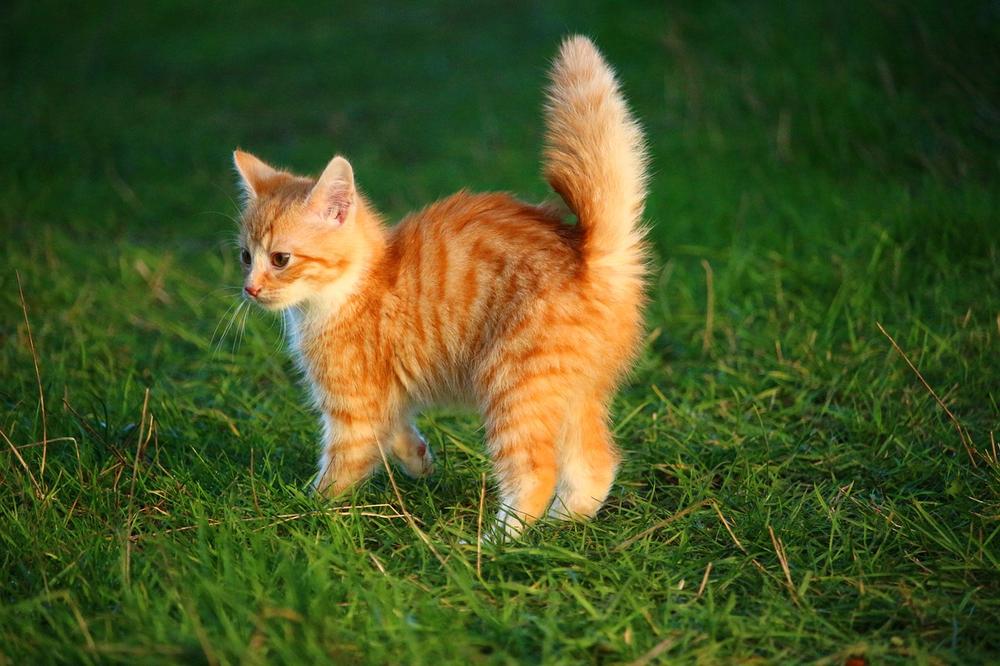
And just like with humans, it starts early.
Here are some important things to know about proper nutrition for kittens:
- Colostrum, the first milk produced by the mother cat, is full of nutrients and antibodies that help build a strong immune system in kittens.
- Nursing cats should be fed a high-calorie, high-fat, and high-calcium diet to ensure they produce enough milk for their kittens.
- Healthy kittens should gain around 5 to 10 grams of weight per day, so monitoring their growth is important.
- Around six weeks old, it's time to start introducing solid kitten food while gradually reducing nursing time.
- Start by mixing wet or moistened kitten food with formula or milk replacement and offering it in a shallow dish.
- Eventually, transition to dry kitten food as they grow older and their teeth develop.
- While the mother provides nourishment and protection, owners should create a safe and peaceful environment for kittens to thrive.
- Regular health monitoring during the first 10 weeks plays a crucial role in tracking kittens' development and detecting any issues early on.
Providing proper nutrition is essential for kittens' in essence health and future well-being.
And that wraps up today's article.
If you wish to read more of my useful articles, I recommend you check out some of these: Can Cats Eat Spaghetti, Pregnant Cat Eating a Lot, Can Cats Eat Gummy Bears, Are You Adding Water to Dry Cat Food, and Can Cats Eat Pistachios
Talk soon,
-Sarah Davis